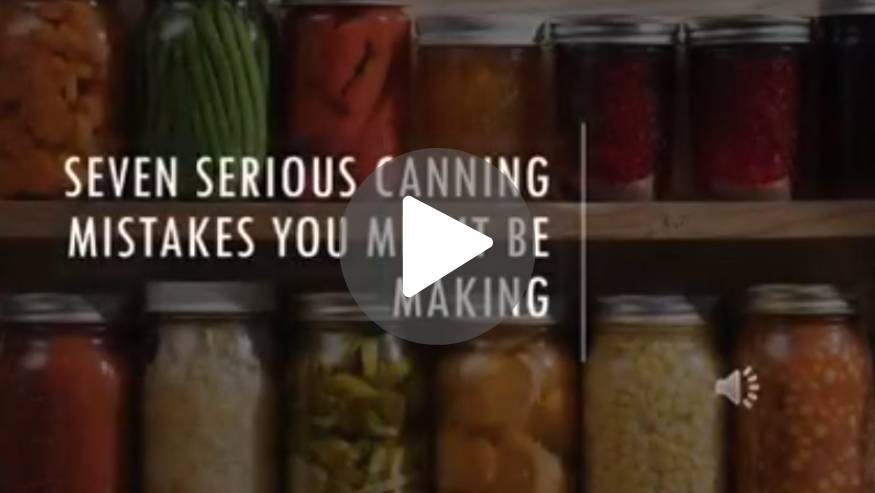7 Common Canning Mistakes You Might Be Making
At Home with UAEX
Learn from the best Extension Educators on being at home with UAEX!
7 Common Canning Mistakes You Might Be Making
by Original Author: Mary Jane Cody, Perry County | Adapted Blog: Torrie Smith, Van
Buren County
Our gardens may not be at the forefront of our efforts, but food safety should be.
Consider when canning these mistakes many often make. If you have questions about
food preservation, from canning to freezing to dehydration methods contact your local
county extension office for research-based information.
- Using an unproven recipe. Canning is an exact science. It is important to follow a tested and approved recipe. This is for the safety and healthy of those planning to consumer your product.
- Using the incorrect jar size. Different sizes of jars require different processing times. For food safety, you should always use the jar size listed in the proven recipe. It is safe to go down a size with your jar, but you cannot go up in jar size.
- Overfilling your jars. Most recipes instruct you to leave some head space – anywhere from ¼ inch to 1 ¼ inches between the top of the jar and the top of the liquid. If you are overfilling your jar, you won’t be able to get a good vacuum seal.
- Do not reuse lids. Canning lids are meant to be single use lids, so you should not reuse them.
- Do not over-tighten lids. It’s normal to want to screw the bands tight to make sure the contents are sealed BUT resist the temptation. Over-tightening lids can prevent air from releasing, causing buckled lids and improper seals. Simply screw on those bands until fingertip tight and let the water bath do the rest.
- Leaving air bubbles undisturbed. Did you know you have to remove air bubbles from the jar before twisting on the lid? Especially for thicker mixtures like jam. All that trapped air can add to your headspace causing an improper seal. Use a plastic tool to free the air bubbles (metal tools can potentially damage the jars).
- Using incorrect canning method. Tis mistake is made all too often and its one that may be deadly. High-acid foods like pickles or foods preserved with sugar do well with water bath method. Low-acid foods like soups or meats need to be processed with a pressure canner to prevent botulism.
For more information, contact your Family and Consumer Sciences Agent at your County Extension Office.

